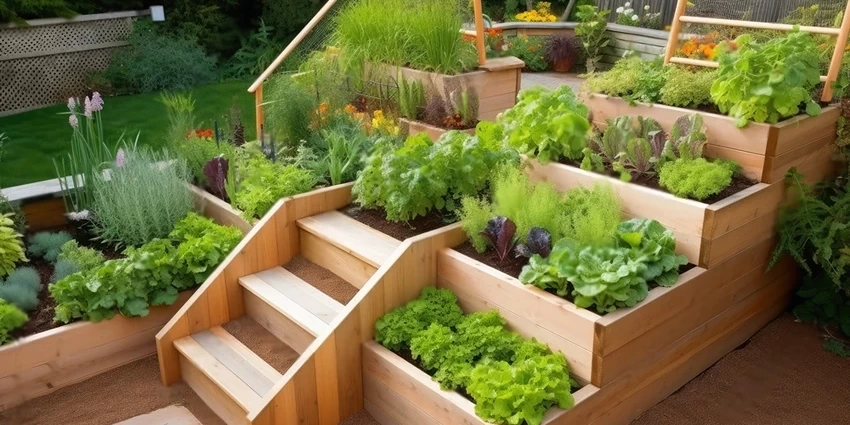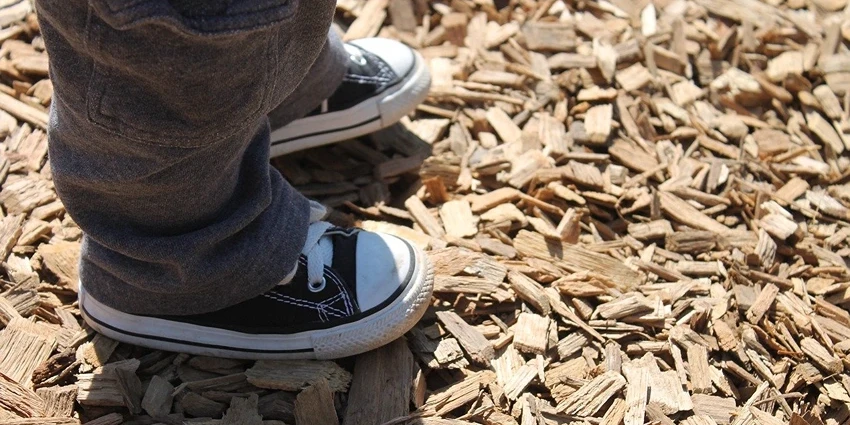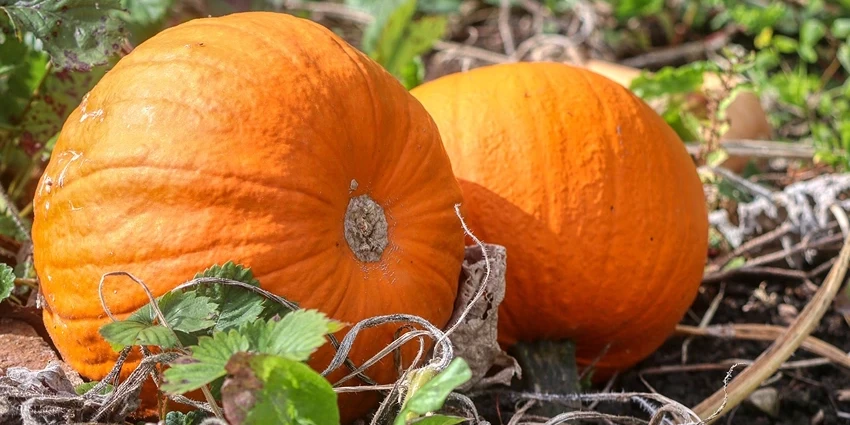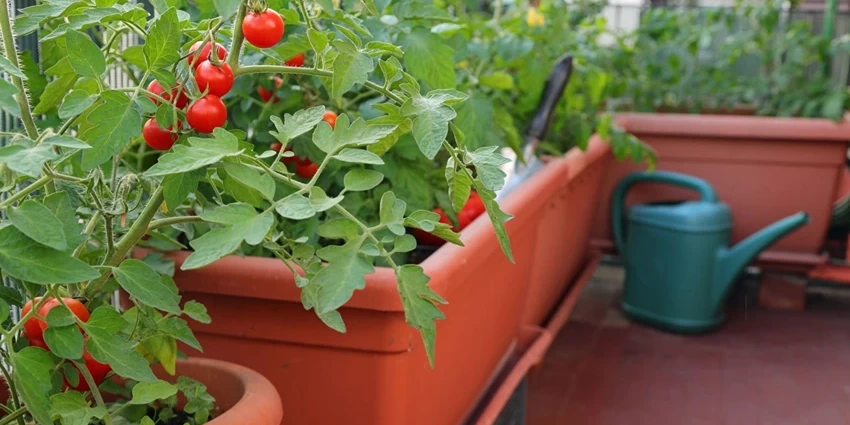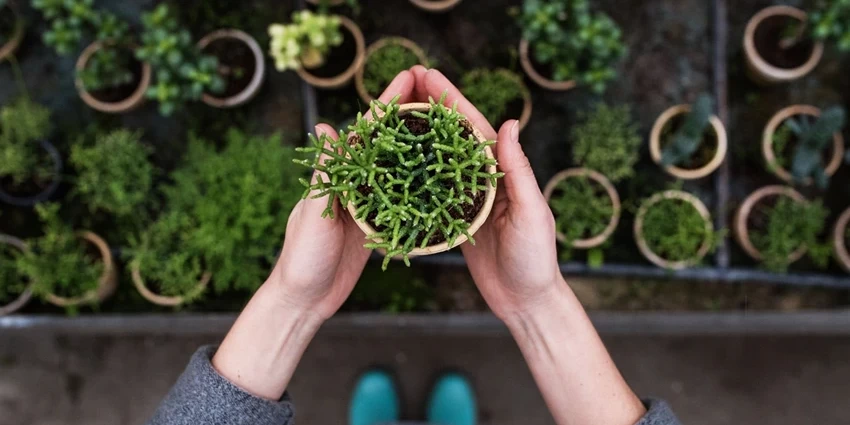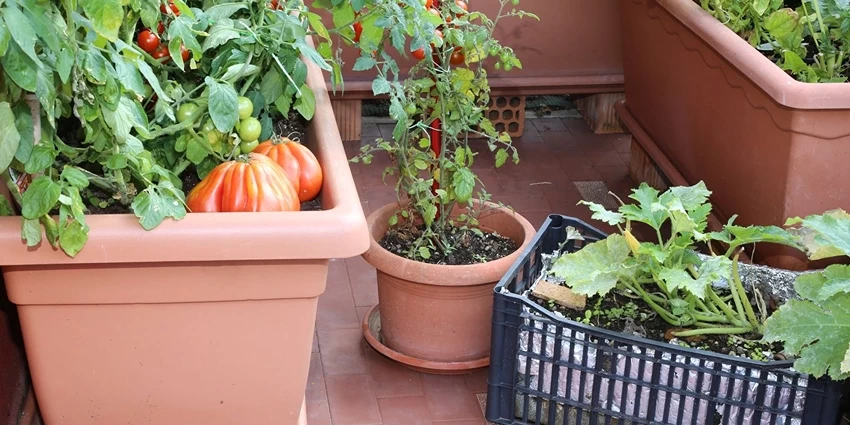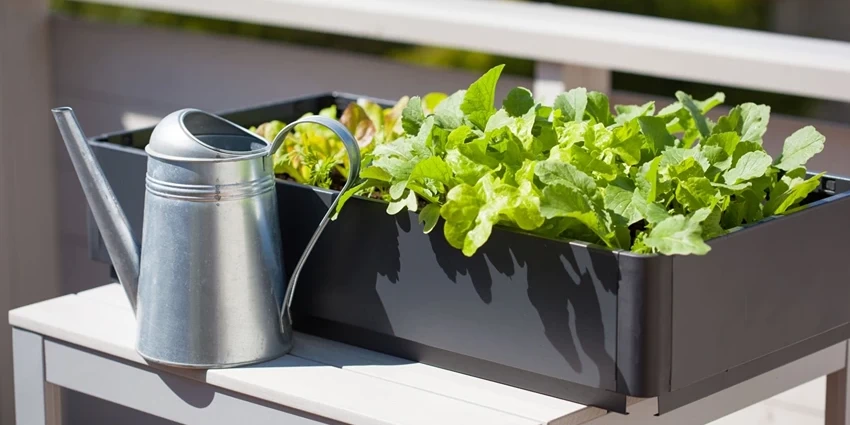All products were chosen independently by our editorial team. This review contains affiliate links and we may receive a commission for purchases made. Please read our affiliates FAQ page to find out more.
Home » Gardening Practices » Heirloom Vegetable Gardening
Heirloom vegetable gardening is not just a hobby; it’s a journey through history and a form of living art. These old cultivars, passed down through generations, are a testament to the diversity and resilience of plant species. They offer a palette of flavors that modern agriculture often neglects in favor of uniformity and shelf-life. But beyond taste, these gardens can become sanctuaries of solace, offering therapeutic benefits that transcend the mere act of gardening.
Register for our latest in-depth reviews and product round-ups from the experts.
Enter your email address below to receive our monthly review emails.
By entering your details, you are agreeing to our terms and conditions and privacy policy. You can unsubscribe at any time.
Understanding Heirloom Vegetables
Heirloom vegetables are varieties that have been cultivated and passed down from gardener to gardener, often for hundreds of years. Unlike modern hybrids, these plants are open-pollinated, meaning they retain their genetic traits naturally from one generation to the next.
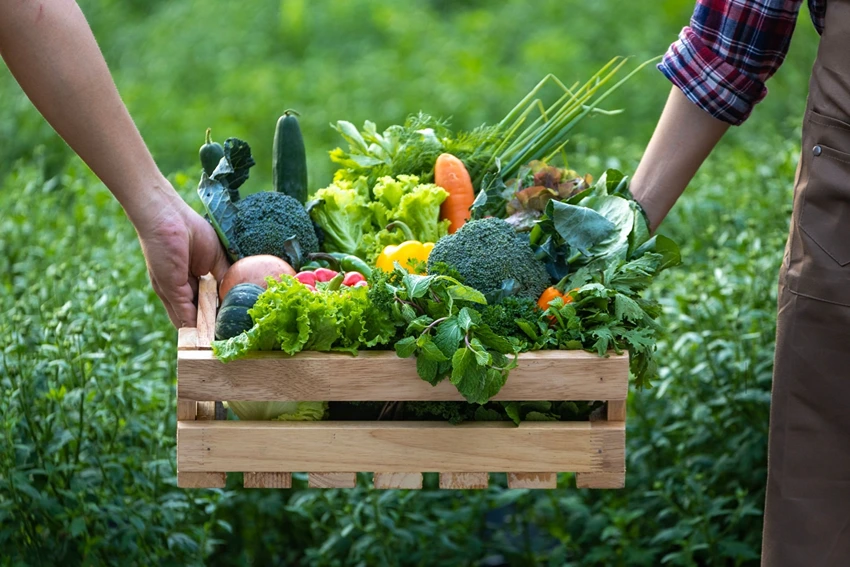
The Significance of Heritage Seeds
Heritage seeds are the foundation of heirloom gardening, and the best garden spades are essential for planting.
The Role of Biodiversity
Biodiversity is the spice of life in the garden. It ensures ecosystem resilience and provides a safeguard against pests and diseases. Heirloom vegetables contribute to this biodiversity, each variety bringing its own set of genetic solutions to the garden’s challenges.
Selecting the Right Varieties for Your Garden
Choosing the right heirloom varieties for your garden is a delightful challenge. Consider the climate, the soil, and the culinary uses of the vegetables you wish to grow.
Criteria for Seed Selection
- Historical significance: Choose varieties with a story that resonates with you.
- Adaptability: Look for plants known to thrive in your local conditions, and use the best cordless drills for efficient garden setup.
- Flavor and culinary use: Select vegetables based on the tastes and dishes you love.
Popular Heirloom Vegetables
- Tomatoes: Brandywine, Green Zebra, and Cherokee Purple are just a few of the many heirloom tomatoes cherished for their rich flavors.
- Beans: Scarlet Runner and Kentucky Wonder offer both beauty and taste.
- Leafy Greens: Heirloom lettuces and kales, maintained with the best garden shredders, come in a stunning array of colors and textures.
Cultivating Your Heirloom Garden
The cultivation of heirloom vegetables is both an art and a science. It requires an understanding of the past and a commitment to sustainable practices. For gardeners looking to bring their passion indoors, our Indoor Vegetable Gardening page provides excellent tips and techniques.
Soil Preparation and Planting
- Test and amend your soil: Heirloom vegetables often thrive in soil rich in organic matter.
- Planting: Follow the specific needs of each variety, considering spacing and depth for optimal growth.
Tip: Garden hand trowels are essential for heirloom vegetable gardening, offering precision and care in transplanting delicate heirloom seedlings into the garden without disturbing their roots. Read our guide to hand trowels.
Watering, Weeding, and Pest Control
- Watering: Heirloom plants may have different watering needs; some are drought-tolerant, while others require consistent moisture.
- Weeding: Keep the garden beds clean to reduce competition and disease.
- Pest control: Use organic methods to protect your heirloom plants, such as companion planting and natural predators.
Harvesting and Seed Preservation
The true reward of heirloom gardening comes with the harvest. Not only do you get to enjoy the fruits of your labor, but you also have the opportunity to save seeds for the next season.
Harvesting Tips
- Timing: Pick vegetables at their peak for the best flavor.
- Technique: Use care to avoid damaging the plant or the produce.
Seed Saving
- Select the best specimens: Choose the healthiest plants and fruits for seed saving.
- Dry and store: Properly dry and store your seeds in a cool, dark place to maintain viability.

The Many Benefits of Heirloom Gardening
Heirloom gardening is a rewarding pursuit that offers more than just delicious vegetables.
Nutritional Advantages
Heirloom vegetables are often more nutritious than their commercial counterparts, packed with vitamins, minerals, and antioxidants.
Environmental Impact
By avoiding the need for industrial farming practices, heirloom gardening reduces your carbon footprint and supports a healthier planet.
Cultural and Historical Connection
Growing heirloom plants is a way to connect with our ancestors, understanding the plants they grew and the challenges they faced. Similarly, exploring our flower garden tips and tricks can deepen your appreciation for the diverse beauty and intricacies of gardening
Tables of Heirloom Varieties and Their Traits
| Heirloom Vegetable | Flavor Profile | Growing Conditions | Historical Origin |
| Brandywine Tomato | Rich, complex | Warm, well-drained | 19th-century USA |
| Scarlet Runner Bean | Nutty, sweet | Cool, moist | Central America |
| Rainbow Chard | Earthy, sweet | Varied | Mediterranean |
A passionate plant enthusiast on a mission to turn every space into a blooming haven. With a love for all things botanical, I'm your gardening guide, sharing quick tips, the joy of nurturing plants, and the belief that every day is a great day to garden. Join me in cultivating a thriving garden paradise—we'll sow, grow, and flourish together in this green revolution!


